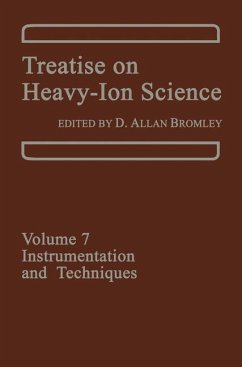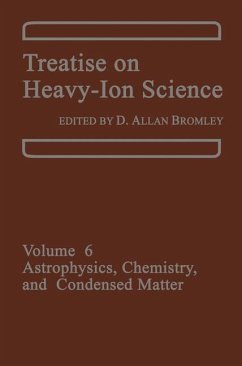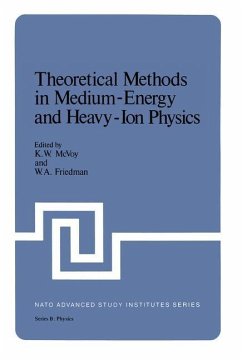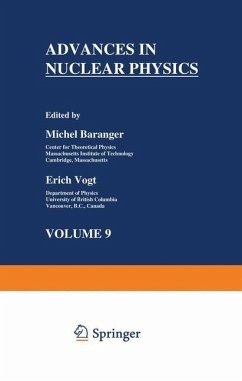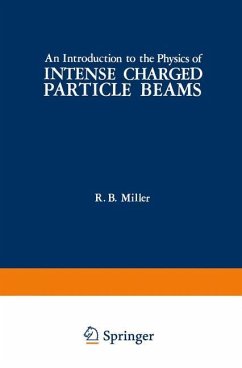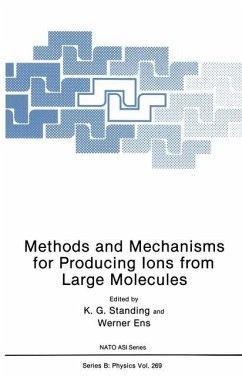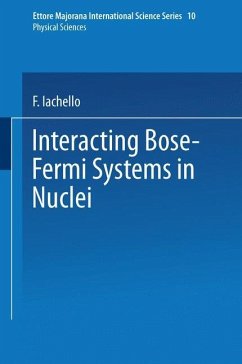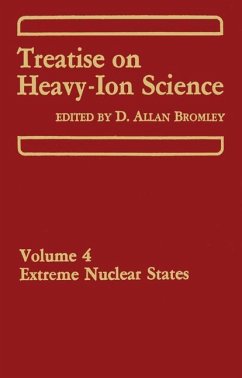
Treatise on Heavy-Ion Science
Volume 4 Extreme Nuclear States
Herausgegeben: Bromley, David A.

PAYBACK Punkte
39 °P sammeln!
1. Heavy Ions and Nuclear Fission.- 1. Introduction.- 2. Heavy Ions and Low-Energy Nuclear Fission.- 3. Fission of Highly Excited and Rotating Nuclei.- 4. Nuclear Fission and Nucleus-Nucleus Collisions: Salient Examples of Large-Scale Collective Nuclear Motion.- 5. Conclusion.- Acknowledgments.- Note added in Proof.- References.- 2. Transuranium Nuclei.- 1. Introduction.- 2. Nuclear Properties of the Transuranium Elements.- 3. Chemical and Physical Properties of the Transuranium Elements.- 4. Identification of Transuranium Reaction Products.- 5. Synthesis of Transuranium Elements.- 6. Future D...
1. Heavy Ions and Nuclear Fission.- 1. Introduction.- 2. Heavy Ions and Low-Energy Nuclear Fission.- 3. Fission of Highly Excited and Rotating Nuclei.- 4. Nuclear Fission and Nucleus-Nucleus Collisions: Salient Examples of Large-Scale Collective Nuclear Motion.- 5. Conclusion.- Acknowledgments.- Note added in Proof.- References.- 2. Transuranium Nuclei.- 1. Introduction.- 2. Nuclear Properties of the Transuranium Elements.- 3. Chemical and Physical Properties of the Transuranium Elements.- 4. Identification of Transuranium Reaction Products.- 5. Synthesis of Transuranium Elements.- 6. Future Directions.- Note Added in Proof.- References.- 3. Superheavy Elements.- 1. Introduction.- 2. Predictions for the Properties of Superheavy Elements.- 3. Attempts to Synthesize Superheavy Elements with Heavy-Ion Beams.- 4. Searches for Superheavy Elements in Nature.- 5. Conclusion.- Appendix A.- Appendix B.- Appendix C.- References.- 4. Relativistic Heavy-Ion Collisions: Experiment.- 1. Introduction.- 2. Observables and Experimental Techniques.- 3. Nuclear Physics in RHI Collisions.- 4. Particle Production in RHI Collisions.- 5. Conclusions and Outlook.- References.- 5. Relativistic Heavy-Ion Reactions: Theoretical Models.- 1. Introduction.- 2. Hydrodynamic Models.- 3. Microscopic Models.- 4. Global Equilibrium Models.- 5. Formation of Composite Nuclei.- 6. Summary.- Acknowledgments.- References.- Note Added in Proof (Chapter 1).



